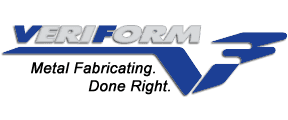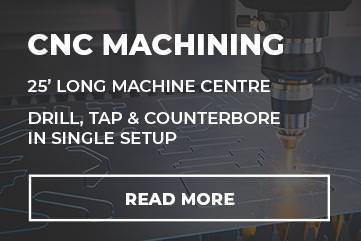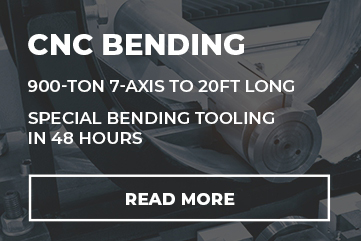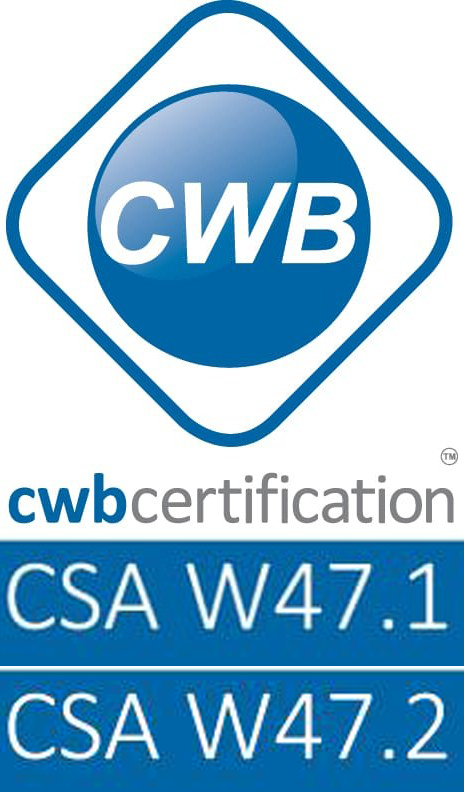News
Can You Laser Weld Aluminum?
Insights from Veriform’s Metal Fabrication Experts

In the diverse world of metal fabrication and welding, aluminum stands out for its lightweight, strength, and corrosion resistance, making it a preferred material across various industries, including aerospace, automotive, and construction. As technology advances, one question often arises: Can you laser weld aluminum? Veriform, a leader in metal fabrication and welding, delves into this topic, offering professional insights into the capabilities and considerations of laser welding aluminum.
Understanding Laser Welding Aluminum
Laser welding is a cutting-edge technique that uses a high-intensity laser beam to fuse metal pieces. This process is renowned for its precision, speed, and ability to join metals with minimal heat input, making it ideal for sensitive applications. But when it comes to aluminum, a metal known for its reflective properties and high thermal conductivity, the question of feasibility comes into play.
The Challenges
- Reflectivity: Aluminum’s high reflectivity can pose a challenge for laser welding, as it can reflect the laser beam away from the workpiece, reducing the efficiency of the welding process.
- Thermal Conductivity: Aluminum’s rapid heat dissipation requires higher laser power or changes in welding techniques to ensure proper fusion.
- Porosity: The risk of porosity, or the formation of gas pockets, is higher when laser welding aluminum due to its high affinity for oxygen.
Overcoming the Challenges
Despite these challenges, advancements in laser welding technology have made it possible to effectively weld aluminum. Veriform employs the following strategies to ensure high-quality laser welds on aluminum:
- Utilizing Pulsed Lasers: Pulsed lasers can manage heat input more effectively, reducing the risk of warping and improving weld quality.
- Welding in Controlled Environments: Performing the welding process in an inert gas atmosphere, such as argon, helps prevent oxidation and reduces porosity.
- Pre-Weld Preparation: Cleaning the aluminum surfaces thoroughly before welding can significantly reduce issues related to reflectivity and porosity.
The Benefits of Laser Welding Aluminum
Choosing laser welding for aluminum offers several benefits:
- Precision and Quality: Laser welding provides superior precision, making it suitable for complex and intricate designs.
- Low Distortion: The minimal heat input leads to less metal distortion, preserving the integrity of the component.
- Efficiency: Faster welding speeds and the ability to automate the process increase production efficiency.
Applications in Industries
Laser welding aluminum is revolutionizing manufacturing processes in multiple sectors:
- Aerospace: For lightweight and high-strength components.
- Automotive: In electric vehicle battery manufacturing and structural components.
- Consumer Electronics: Where precision and aesthetics are critical.
Veriform’s Expertise in Laser Welding Aluminum
At Veriform, our expertise in metal fabrication and welding extends to the advanced technique of laser welding aluminum. Our state-of-the-art equipment, combined with our skilled team, allows us to tackle the unique challenges presented by aluminum. We are committed to delivering top-quality results, from intricate components to large-scale projects.
Conclusion
Laser welding aluminum is indeed possible and increasingly prevalent in industries seeking precision, efficiency, and quality. Despite the challenges, companies like Veriform are leading the way in utilizing this technology to its full potential, pushing the boundaries of what’s possible in metal fabrication and welding.
For businesses looking to leverage the benefits of laser welding aluminum, partnering with experienced fabricators like Veriform ensures that your projects are in capable hands. With our commitment to innovation and excellence, we help our clients achieve their manufacturing goals, delivering projects that meet the highest standards of quality and performance.








